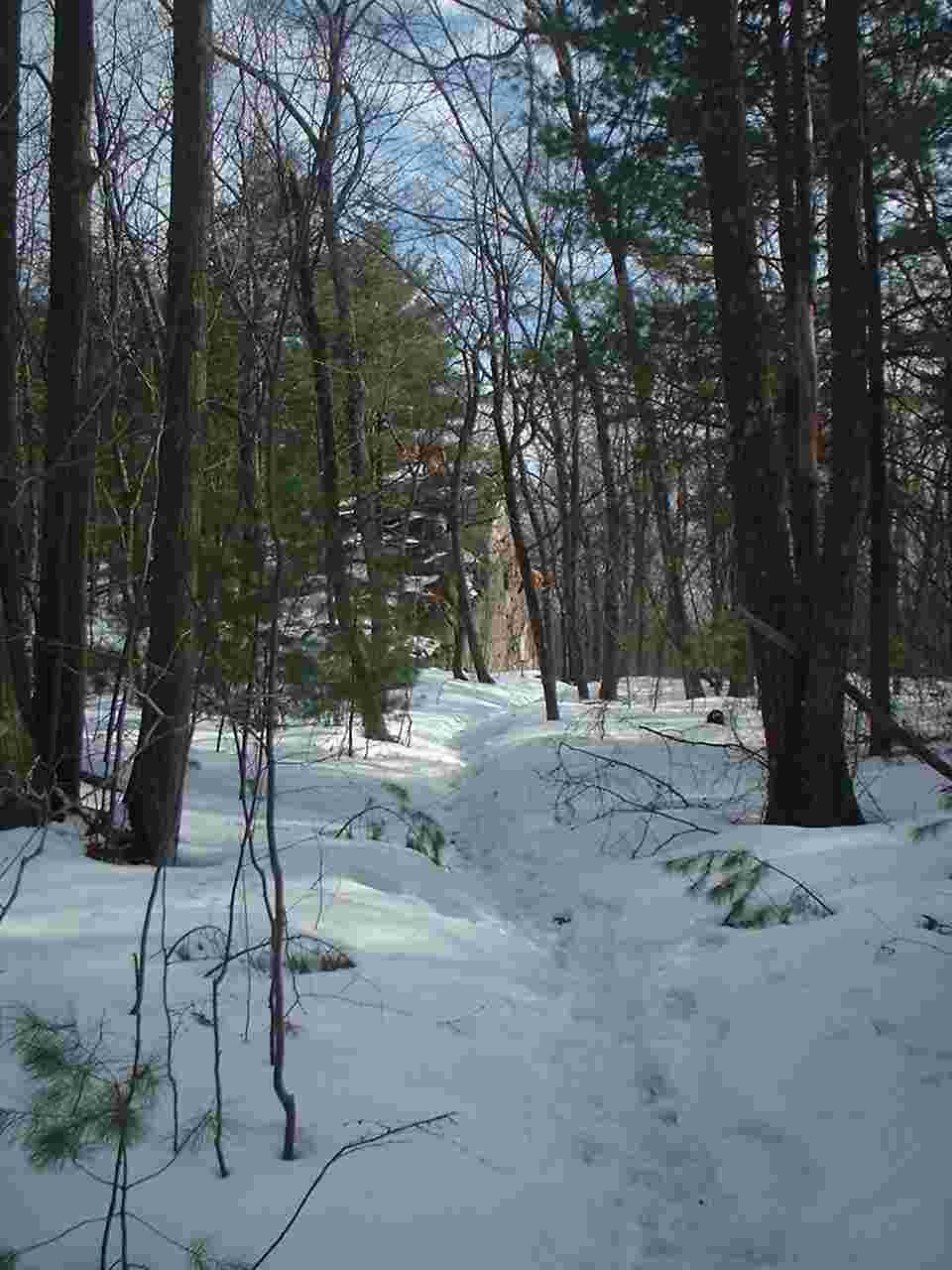|
Spotlight: Skunk Cabbage
Also known as lysichiton americanum, skunk cabbage can be found in very wet,
swampy areas with low to medium elevations. It is primarily located from
Northern California to Alaska. This plant consists of a greenish yellow spike of flowers on a fleshy stem, surrounded by huge, lance-shaped leaves. Skunk cabbage is typically 30-150 cm tall.
The skunk cabbage has a putrid odor that resembles rotting meat, hence the name. This odor attracts many insects to pollinate inside of its flowers. An interesting characteristic of the skunk plant is that it produces heat. It often melts the snow and ice that surround it. This is why the flowers appear so early in the spring.
Skunk cabbage is often called "Indian wax paper" because Native Americans used the leaves to wrap food and line berry racks and cooking pits. The roots can be eaten if roasted and the leaves can be eaten if boiled first. If not boiled properly, the skunk cabbage can cause burning and irritation. However, grizzly bears can eat this plant without a problem. Nobody knows how the bears can tolerate the poisonous crystals embedded in the roots.
The skunk cabbage has medicinal uses as well. When combined with honey, it can be used to treat asthma and other lung disorders. Native Americans used skunk cabbage to relieve muscles and headaches. Unfortunately, an overdose of the plant can have awful side effects such as nausea.
|



